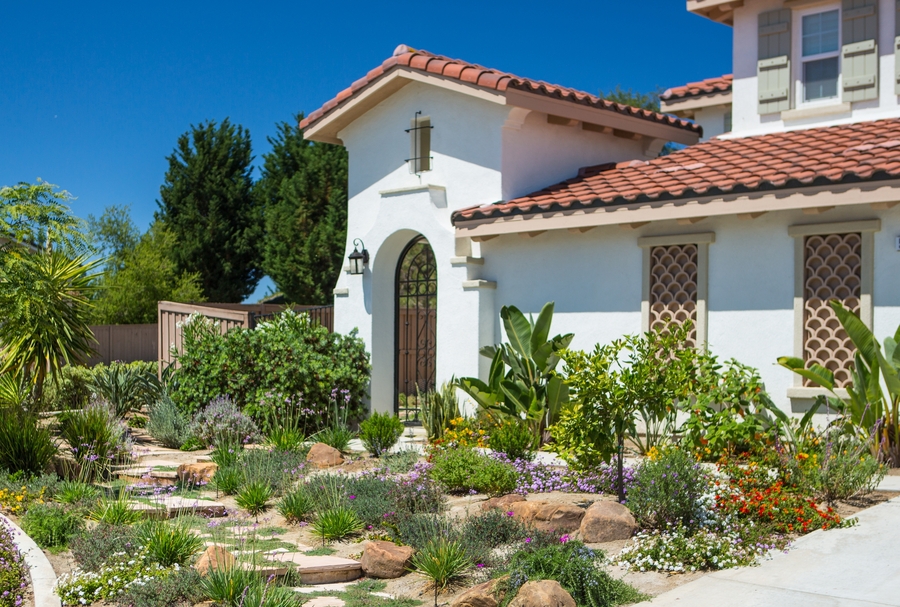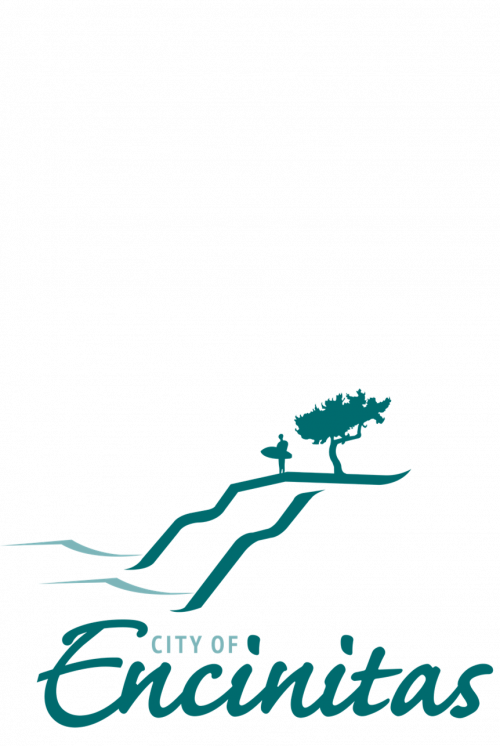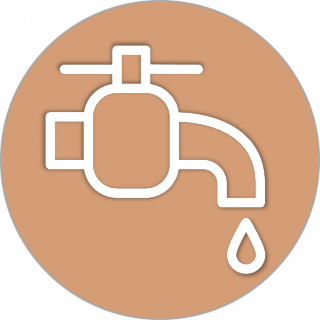
Water Efficiency
Greenhouse gas emissions are produced as a result of the energy used to pump, transport, and treat water. Water conservation is also necessary to address the severity of drought throughout the State of California. Therefore, the Water Efficiency strategy aims to reduce greenhouse gas emissions by encouraging water conservation in homes and businesses while enhancing community climate resiliency.
Implementation of water conservation measures is estimated to reduce GHG emissions by 712 metric tons of carbon dioxide equivalent (MTCO2e) by 2020 and 795 MTCO2e by 2030.
Explore the sections below to learn about the City’s planned and ongoing actions to achieve these reductions.
WE-1: Conduct Water Rate Studies and Implement Approved Water Rates
Reduce Water Use
CAP Measure WE-1 aims to encourage water consumption through periodic water rate adjustments by the City’s local water agencies, San Dieguito Water District (SDWD) and Olivenhain Municipal Water District (OMWD). By periodically adjusting water rates, the Climate Action Plan (CAP) estimated that 258 million gallons of water would be saved by 2020 and 672 million gallons would be saved by 2030 from the 2012 baseline.
Encinitans will need to cut water use by an average of five gallons per day to meet the CAP’s water reduction goals. For context, standard shower heads use 2.5 gallons of water per minute and older toilets use as much as 6 gallons per flush. To reduce water use, residents and businesses should consider decreasing outdoor irrigation or investing in WaterSense products, like low-flow shower heads and toilets.
To achieve the water reduction goals outlined in the Climate Action Plan (CAP), SDWD and OMWD regularly conduct water rate studies and adjust rates based on the cost to supply water and the cost of operations which, in turn, conserves water. Both water districts also offer various public education programs to encourage water conservation efforts. For example, in Fall 2022, SDWD and OMWD—in partnership with Carlsbad Municipal Water District and Santa Fe Irrigation District—encouraged water conversation by offering customers discounted rain barrels. Additionally, OWMD received the Recycled Water Community Outreach award from the WaterReuse Association of California in September 2022 for its dedication towards educating customers about the importance of water efficiency and water reuse as a drought solution.
UNIT | We measure water consumption in gallons per capita per day (GPCD). This measurement represents the average water use per person in the City of Encinitas per year. It allows individuals to have a sense of how much water they may be using and allows water utilities to prepare for future water needs. | GPCDGallons Per Capita Per Day |
| We measure water consumption in gallons per capita per day (GPCD). This measurement represents the average water use per person in the City of Encinitas per year. It allows individuals to have a sense of how much water they may be using and allows water utilities to prepare for future water needs. | GPCDGallons Per Capita Per Day |
Last updated in July 10, 2023
Water Consumption
How You Can Help

Last updated June 28, 2022



